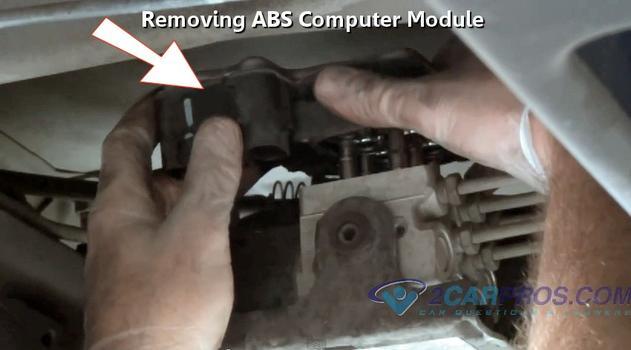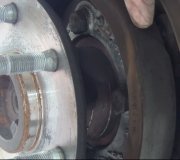All position sensors are magnetic and generate a signal the same way when their magnetic field is disturbed. The two-wire sensor generates a voltage that is sent to the computer. The three-wire sensors generate the same voltage, but they also have internal circuitry that amplifies it before the voltage is sent to the computer.
The signal from a two-wire sensor will be a sine wave, (something else mechanics don't need to know), that gets higher in amplitude as the movement speeds up. The signal gets weaker as speed slows down, which is why a lot of GM vehicles have trouble with "false activation" when slowing to a stop. In a three-wire sensor, that sine wave signal switches the circuitry on and off, and the signal voltage switches between near 0 volts and near supply voltage, most commonly 5.0 or 8.0 volts. That is a square-wave signal that does not change in amplitude as long as that signal is being generated.
The most important and most often-overlooked characteristic of generating any kind of output magnetically is "movement". Regardless if it's a position sensor or a generator, we need a coil of wire, a magnetic field, and most importantly, movement between the two. That means to get a signal, the tone ring has to be moving, the crankshaft has to rotating, or the speed sensor has to be spinning.
A true "active" position sensor uses a Hall Effect switching transistor that turns on and off in the presence of a magnetic field. Since there's a lot of circuitry in these sensors, there has to be a voltage supply wire and a ground wire in addition to the signal output wire, therefore they also have three wires. The difference with this type of position sensor is movement is not a critical factor. A common example of these is the distributor pickup assembly on older Chrysler 2.2L and 2.5L engines.
To differentiate between what you call "active" and "passive", look at when they generate a signal. A magnetic sensor with a coil of wire requires something to be moving. In the case of a wheel speed sensor, you will get 0 volts of signal if the tone ring is not moving. It does not matter if a tooth or a gap is inline with the sensor. A Hall Effect sensor will switch to 5.0 volts or to 0 volts, depending on whether the movable magnet is close or far away, but it doesn't have to be moving. Many three-wire crankshaft position sensors are of the Hall Effect design. With those, we can watch the signal voltage change state as we slowly turn the crankshaft by hand. A three-wire magnetic sensor will not generate any signal voltage when turning the crankshaft by hand, and depending on the design of its internal circuitry, the signal voltage could sit at 5.0 or 0 volts.
There is no easy way to test a three-wire magnetic sensor. In fact, to show how one operates, it can take a couple of hours to set up a classroom demonstration. That's fine for learning. It is totally unacceptable to charge a customer for that. Besides, the computer does that for you.
There were no fault codes because there was no defect. Both front speed signals were normal, as viewed on a scanner, at higher speeds, but at low speeds the left one dropped to "0" mph too soon while the wheel was still rotating. We tried measuring the two signal voltages at the same time, with two meters, but there was no way we could guarantee both wheels were spinning at the same speed with the vehicle jacked up in the garage. Since we already knew what was wrong, we assumed we had identified an important clue when the signals were 700 millivolts on one side and 800 millivolts on the other side. Those were much lower than what we expected.
Use 2CarPros anytime, we are here to help. Please tell a friend.
Cheers
Thursday, February 2nd, 2017 AT 3:04 PM




